As coronavirus ripped unabated through the globe, shutdowns, travel restrictions, and social distancing led to a sharp uptick in virtual reality solutions.
People kept at home by quarantine suddenly found themselves immersed in a world where they could take a virtual tour of tourist destinations, art galleries, museums, shopping centers, and even the house they had always dreamed of.
But one critical solution has almost been lost in the media hype surrounding these trendy topics even as healthcare professionals are racing against the clock to save lives by flattening the curve of infections: VR telehealth.
Unlike some of the entertainment-related experiences that will probably fade away in time, VR telehealth is not only here to stay but is going to become even more present in our lives after this surreal chapter in history comes to a close.
"We're gonna see a huge boom in VR telehealth solutions in the next year," says Amir Bozorgzadeh, the CEO and co-founder of Virtuleap, a health and education VR startup that is taking cognitive assessment and training to the next level with the help of emerging technologies such as VR and artificial intelligence (AI).
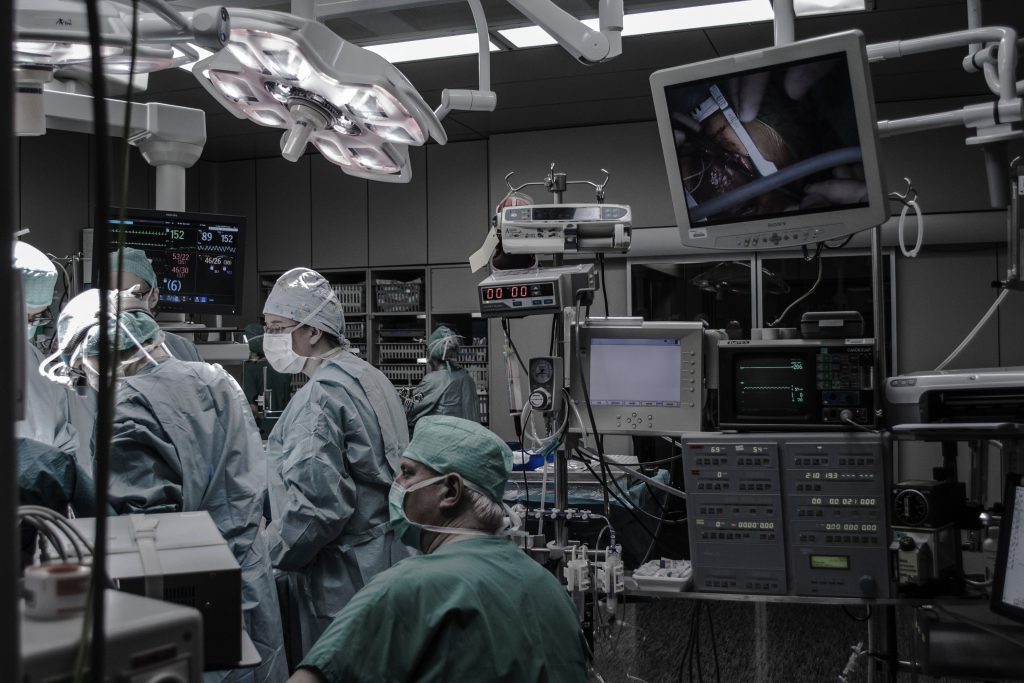
According to him, the COVID-19 virus, which has taken thousands of lives around the world, pushed technology to the forefront of people's day-to-day lives.
In an exclusive interview with Via News, Amir said the feeling of fear and uncertainty in the first days of isolation is giving way to a state of adaptation to technology and people are asking themselves how they can blend technological innovations into their interaction and learning experiences.
He believes that the growing preference for online communication presents a great opportunity for many of the teleconferencing solutions out there.
"There's a lot of interest in technologies that can help teams still stay socially connected in some presence form but using tools like Zoom or Google Hangouts."
The COVID-19 virus has pushed technology to the forefront of people's day-to-day lives.
VR vs. AR Telepresence
The Lisbon-based entrepreneur maintains that VR telepresence is not the preferred option at the moment when it comes to communication.
"Right now a lot of companies don't really find a value in going beyond apps such as Zoom. Is a VR session going to really be that much better? VR is tricky for this kind of stuff," he said, adding that he personally prefers to be in reality talking to someone as this is how humans were meant to be.
When it comes to remote education, Amir says VR is more suitable for situations where a person wants to "blow up cells and molecules and shrink universes".
"VR thrives for isolated and short-form experiences, but, for collaborative experiences, augmented reality (AR) is the more practical medium," added the co-founder of Virtuleap.

He predicts that there will be a buzz around the use of AR in sectors such as education and communication in the coming months, especially with the availability of devices like Microsoft HoloLens, Magic Leap, and hologram apps that "make magic appear in front of you".
"But the only problem there is that AR is behind VR in the sense that AR devices are too expensive. They're about $2,500 or $3,500 so that means only big companies like Fortune 500 or Fortune 1,000 can afford them. Small enterprises and normal people who are working at SMEs or startups cannot afford to have them more or less."
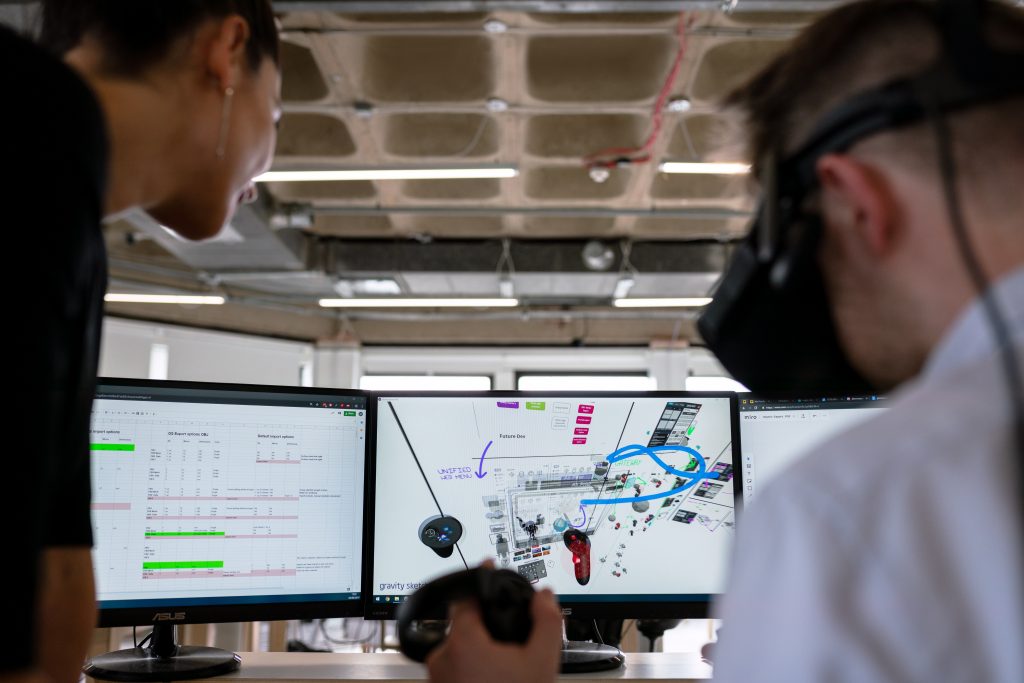
Even if small companies can afford them, they will not spend that kind of money because it is not a priority for them, particularly in light of the uncertain future awaiting them, said Virtuleap's CEO, who sees an opportunity for startups to try and create smaller and more affordable AR devices given the "big demand" in the market.
VR Telehealth
In Amir's view, the "unacceptable price point" of AR devices also prevents such solutions from becoming a "prevalent thing" in the telehealth sector.
"If there are not enough people using it, then how many doctors are really getting used to using it as well? They need a mass number of people to use it."
He argues that this is where virtual reality overtakes augmented reality thanks to the affordability of VR devices.
"So in terms of in-home VR healthcare, the opportunity with some people, especially in quarantine, is that they can be given the device and they can take it home and play and use whatever the tools are and the doctor in the hospital has the data dashboard and can then review it."
This is a subject that is dear to the heart of Virtuleap, which is working toward a two-fold vision where users can train their brains on a daily basis through 3D VR games and senior citizens can enjoy a high quality of life for a prolonged period.
"We have made a partnership with Pacific Brain Health Center, and their first feasibility study with us is to give the headset to their patients who have early onset of dementia or some other type of cognitive illness or perhaps have a tendency in their family to have this illness," Amir said.

He explained that a wide range of information such as eye dilation, heart measurements, and calorie burn can be tracked and sent to a doctor through the headsets they cover and in a single experience.
"Some of the headsets also include options for eye-tracking and can be attached to other types of devices like fitness watches that will go into the same data feed."
Virtual reality overtakes augmented reality in telehealth thanks to the affordability of VR devices.
Amir Bozorgzadeh, CEO and co-founder of Virtuleap
Expected Boom
Virtuleap's co-founder expects to see a considerable increase next year in telehealth solutions that "allow patients to do activities in their house or remotely and send all of that data to a doctor or a practitioner in such a way that they're able to make it actionable without the patient having to be face-to-face with them."
Another health-related trend that he thinks will gain momentum is VR fitness. "There's a lot of people who are telling others that they're losing so much weight and getting so much more athletic because of VR experiences like the ones offered by a game called BOXVR. And there's a lot of fitness measurement trackers that allow you to see how much calories you burn and how much aerobic activities you get during those experiences."

Despite working in the thriving VR industry, Amir says he "despises" the idea of people spending too much time in a virtual world.
"Reality is the most important reality. Any other virtual or fantastical or imaginal reality has to serve and be auxiliary to the reality that we have before us, and it has to improve it and enhance it, not the other way around. So I think VR experiences in education or healthcare or whatever should be short and intense but sweet."
VR in Healthcare Training
Asked about the use of VR and AR in training in the healthcare sector, Virtuleap's CEO said this technology could play a very significant role in staff training and patient education.
According to him, IKONA is a great example of companies that offer both types of learning experiences in an immersive world.
Based in New York, IKONA creates VR modules designed to train the next generation of healthcare providers and transform the patient experience. It says it aims to make the proven benefits of virtual reality accessible, affordable, and scalable through its educational content.
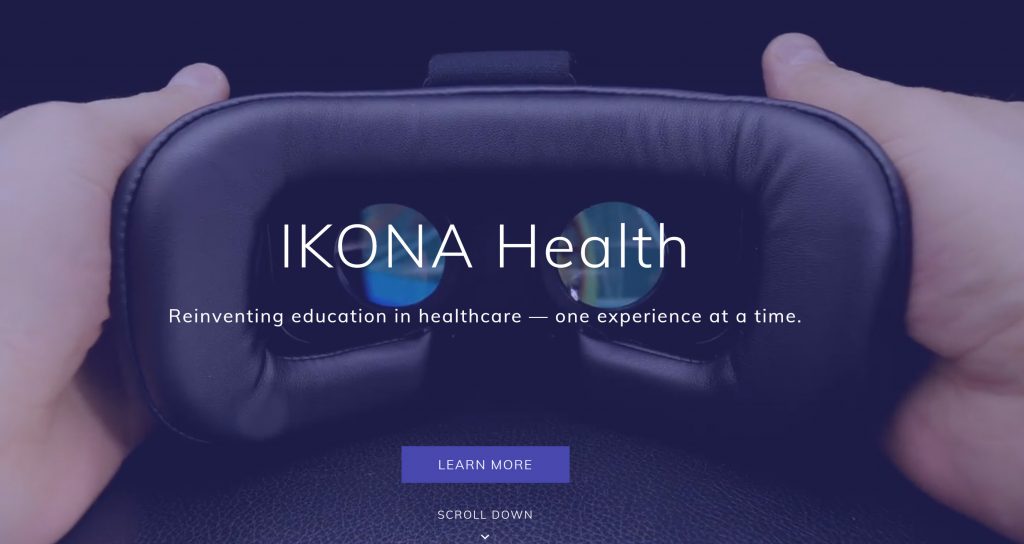
Amir explained that healthcare workers serving older patients at home or senior living places or clinics typically have high rates of turnover because they find the job more stressful than they had imagined.
"VR is a way of allowing caregivers, healthcare professionals, and practitioners to be able to psychologically saturate themselves with simulations that are really accurate and can give them a correct sense of the different scenarios and experiences that they should be able to anticipate. It's not a textbook. It's engaging them in multiple cognitive levels that allow them as human beings to understand what they're getting into."
So VR is great for training the initial funnel of people who are coming into the workforce and helps them know if it is the right job for them and saves them from a "crazy shock" if they decide to get into it," he commented.
"Right now, imagine the lives of nurses dealing with coronavirus patients. If they're veteran nurses, I'm sure they're handling it much better than people who have just come out of nursing schools and are now in World War III of this crazy carnage of situations that are really surreal and perhaps very traumatizing," he said, likening it to sending brand-new soldiers to the Vietnam War.
Patient Education
Amir also highlighted the importance of patient education, saying that VR training can help patients, particularly senior citizens, enjoy a higher quality of life.
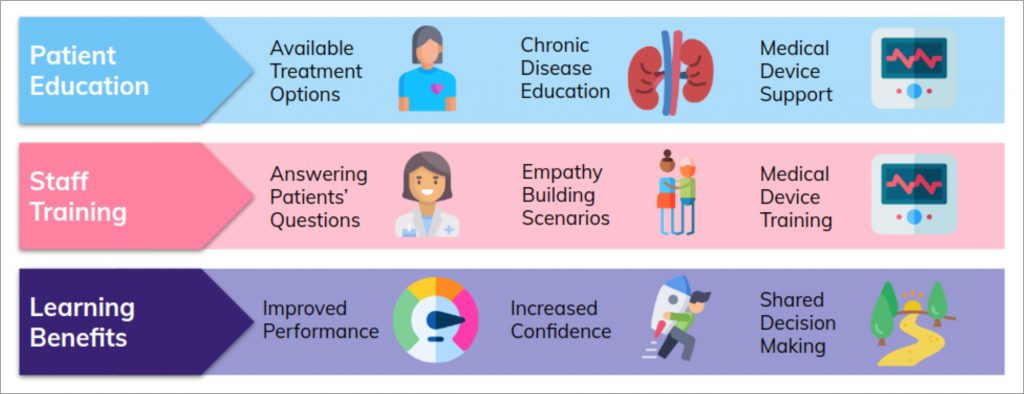
For instance, they can be taught how to take their medication properly or do dialysis at home, he said. "All these types of things typically require a person to be there and teach them one-on-one, but they're not sometimes there or the quality of the teaching might be poor sometimes and be great other times."
However, he says, the quality of training with VR and AR is more consistent. "If it's good, it's always gonna be good. Such an environment also makes it possible to leverage technologies like machine learning to adapt the learning experience to your actual performance in your experience."
Another important issue is that these experiences are very highly objectively measurable and the human who ultimately supervises and analyzes the performance in the simulated environment can tweak the experience for better results if necessary, he noted.
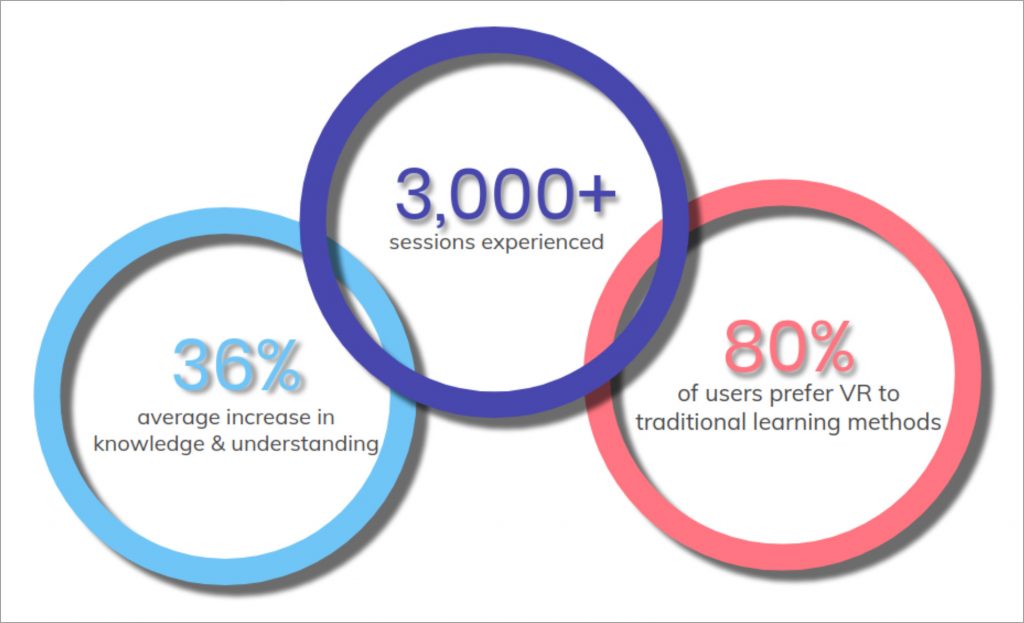
"One of the biggest enablers of all of these use cases that are based on real-time performance is 5G. When you have real-time applications in the healthcare industry, it needs to have zero-latency (as close as possible). It's called mission-critical latency," Amir said.
He cited telesurgery as an example of an area where speed is critical and VR and AR solutions can prove highly effective.
Virtuleap's New Games
Believing in the power of VR, Virtuleap is growing its library of brain training games that are meant to test and train cognitive skills like memory and problem solving as well as less cognitive skills that are more about speed, flexibility, and task switching.
As they are in virtual reality, they involve motor skills, spatial orientation, and spatial-audio awareness as well.

Amir said they have released two new games, which can be accessed through their recently upgraded app called Enhance.
According to Virtuleap's website, Pizza Builder helps users train their divided attention and planning skills while Balance is designed to improve motor control skills and divided attention. They had previously released three other games, namely React, Memory Wall, and Hide & Seek.
"The quality of everything has just gone up by a whole new level in terms of the cleanness of the graphics and the user experience. We've collected so much user feedback, and we've had over 10,000 user downloads," Amir said.
He added that they have released their official Chinese version for HTC so the app is now available in English and Mandarin.
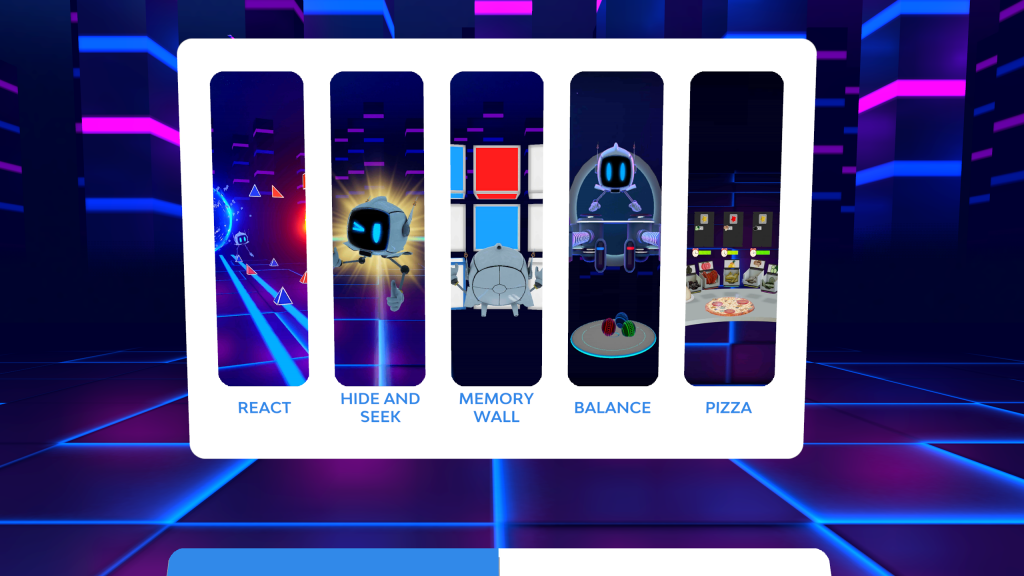
Virtuleap is working on new games and plans to release a new game along with its full-launch version, which will have a completely new user interface.
"For the release in May, we are also gonna launch three more languages: French, German, and Spanish. Following that, we'll probably launch continental Portuguese and Brazilian Portuguese," said the CEO of the Lisbon-based startup.
New User Interface
Elaborating on the new user interface they are working on, he said it will include a whole new suite of reporting features and the level of self-insight the user gets after playing these games will be "crazy intense".
"For example, you'll know how many calories you've burnt in each of these experiences and you'll get visual graphs and representations of how much you use your left hand vs. your right hand. You're also gonna be able to see how your cognitive performance goes down and up, according to your general mood and your sleeping hours."
He believes that the self-knowledge that users gain after playing the games helps them become more conscious of themselves.
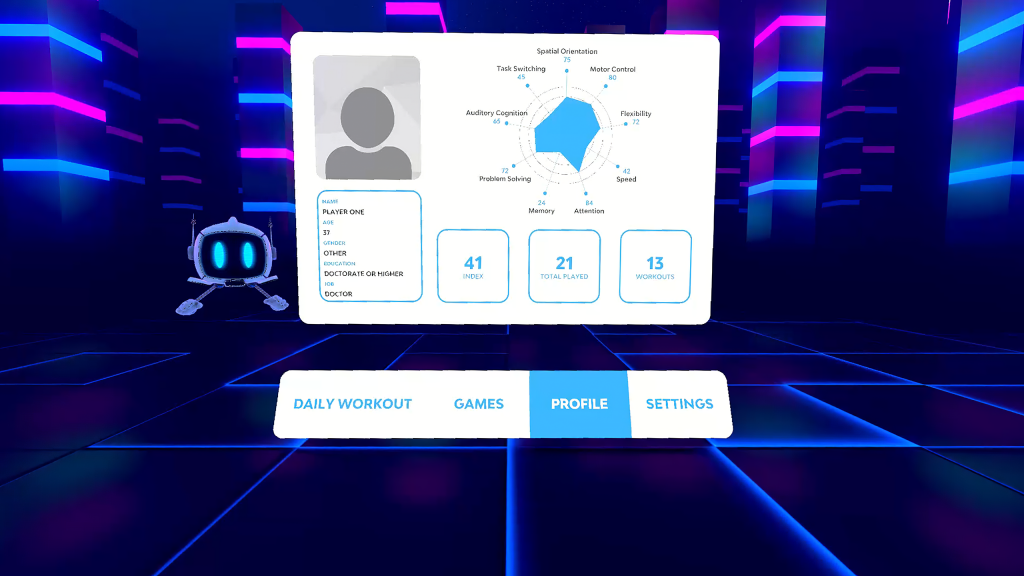
"When you see that you play games with way too much right hand vs. the left hand, you start to try to be ambidextrous more and ask yourself how you can be more wholesome. It's a cognitive workout. We don't want you playing the games endlessly. We want you to play and then note where you are and then go back into the real world," he said.
Virtuleap currently supports six degrees of freedom (6DoF) devices, which allow for full 3D rotations, like Facebook's Oculus Quest, Oculus Rift, and Oculus Rift S as well as HTC on one of the headsets.
"In the future, during the next six months, we will support every 6DoF device there is," Amir said.
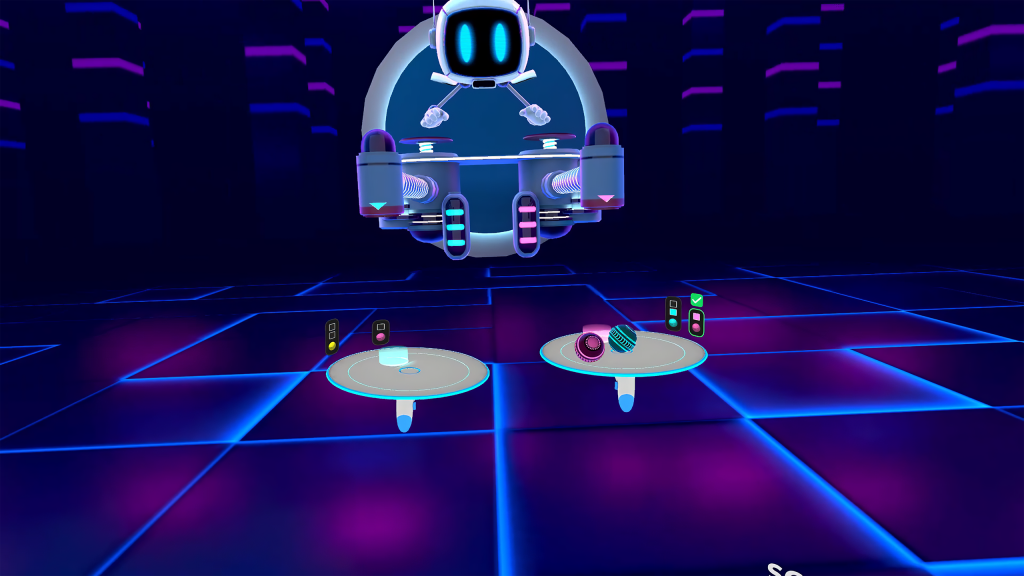
The millions of data points collected through Virtuleap's platform are supposed to not only help users but also contribute to the research of Alzheimer's, Parkinson's, and cognitive disorders like Schizophrenia.
"In fact, one of our next games is designed to help Schizophrenia. It's based on a game designed by the University of Cambridge with a brain training app for smartphones called Peak."
Research Validation
Virtuleap—which released its first white paper backed up with 74 citations that illustrate how VR stands to enhance cognitive assessment and training—has established partnerships with several research partners to validate whether playing their games regularly transfers over to real-life activities.
Virtuleap offers a daily brain training workout of VR mini-games designed to increase the user's attention levels by engaging their whole body.
Amir says product development and research validation go hand in hand in their vision. "For example, we want to know if you're playing memory games, does it help you remember your grocery list better? Or if you're playing some of our spatial orientation games, does it allow you to remember names and faces better? We can never say anything more than what science proves. That's the one priority."
Their current partners include Pacific Brain Health Center in California, White Plains Hospital in New York, and the National Innovation Centre for Ageing at Newcastle University in the UK. The American Association of Retired Persons (AARP) is their first paid client partner.
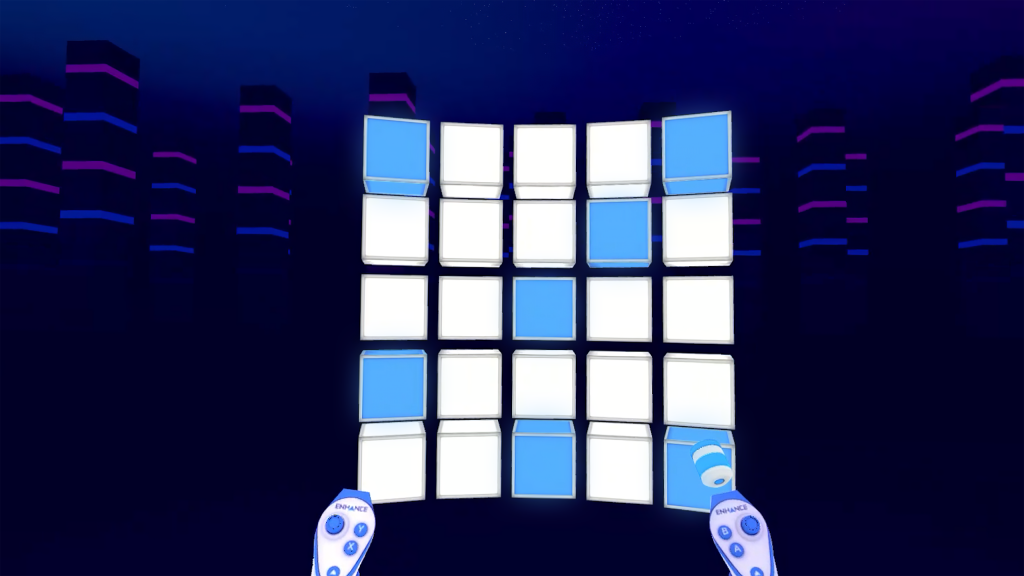
"We want to complete the first wave of our feasibility studies with these clinical research partners," Amir said, adding that they are also looking to work with some local research partners in Portugal and Spain.
He also noted that they plan to set up an office in Barcelona by the end of Q3 as Catalonia is a region where there is a lot of "advanced thinkers and innovative institutes" who support leading-edge technologies.
Amir says Virtuleap intends to raise its seed round in early summer to build its machine learning team but will probably focus more on paid contracts and less on the investment round because "we're living in a new world where investors and VC money is less trustworthy and reliable."

